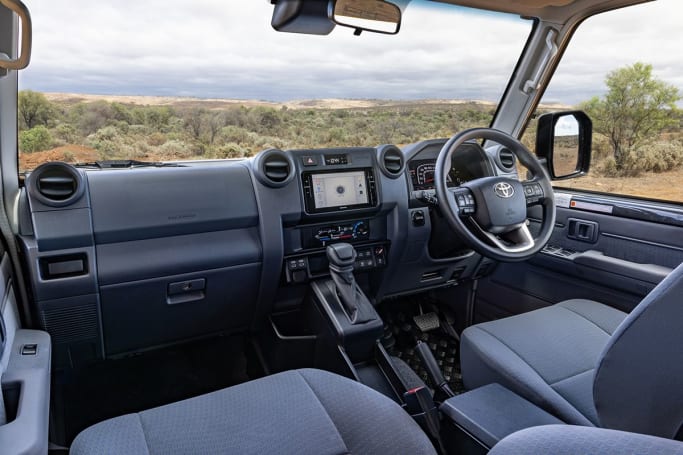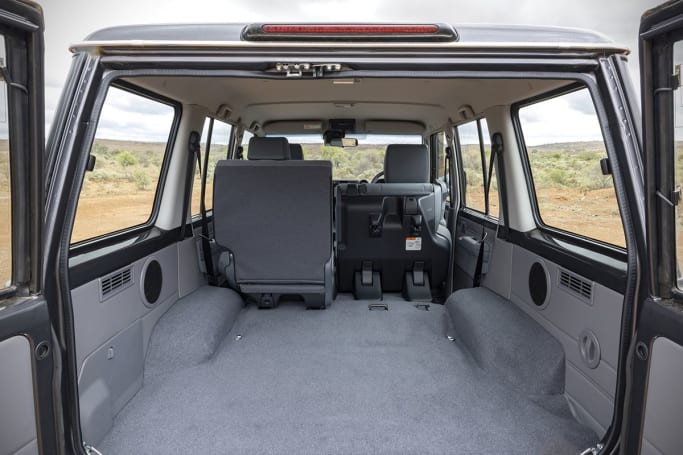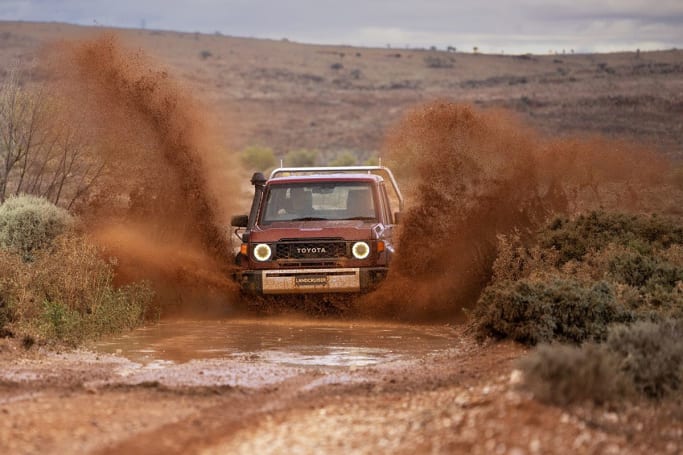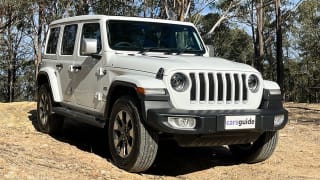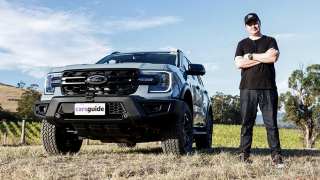In some respects this is a very simple question to answer - no. No, the 70 Series does not represent good value for the price. How can any car that costs $79,300 and comes with wind-up windows possibly represent good value?
Well, if you need to access remote locations in Australia's vast landscape and don't mind winding up the windows yourself, there isn't much else to choose from. And certainly no other vehicle on sale with the proven track-record of the 70 Series.
That's why the 70 Series range costs so much, beginning at $75,600 for the 76 Series Wagon WorkMate with the four-cylinder diesel.
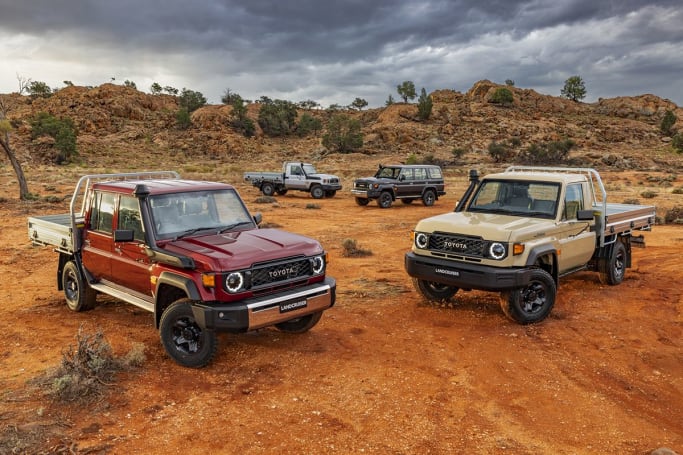
For that price the WorkMate variants get the aforementioned wind-up windows, miss out on the small, 1980s era digital clock and get '80s style vinyl-trimmed seats.
But, air-conditioning is standard across the range, as is the new 6.7-inch multimedia touchscreen and a 4.2-inch digital display on the instrument panel.
The new media system also means you can use wired Apple CarPlay and Android Auto. The sound system is just two-speakers in the ute and four speakers in the Wagon.

Stepping up to the mid-range GX models, which is only available with the utes, there's still do-it-yourself windows but you do get the digital clock and a pair of USB-C ports.
The GXL trim level ups the luxury, with power windows and '80s spec fabric upholstery.



